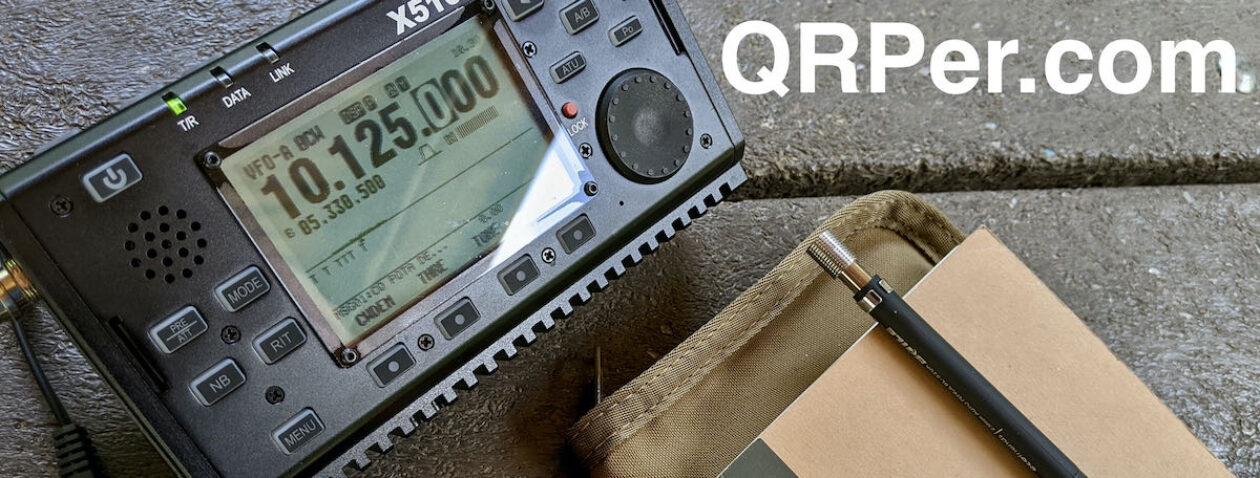 QRPer.com readers know that I’m a big fan of the venerable Yaesu FT-817 and FT-818 series transceiver. So much so, I own two FT-817NDs–I purchased a second unit last year primarily for full duplex satellite work.
QRPer.com readers know that I’m a big fan of the venerable Yaesu FT-817 and FT-818 series transceiver. So much so, I own two FT-817NDs–I purchased a second unit last year primarily for full duplex satellite work.
As I mentioned in a previous post, the one gotcha with the FT-817 and FT-818 is narrow CW filter availability. The YF-122C 500 Hz and YF-122CF 300 Hz Collins filter boards are no longer produced. Neither are the Inrad equivalents.
With the renaissance of CW we’re experiencing along with the growth of POTA, WWFF and SOTA, narrow CW filters for the FT-817/818 are very difficult to find and come at a premium when you do find them. I saw one sell recently for $250 US–over double what I paid two years ago.
In addition, this same filter not only fits the FT-817/818, but I believe it also fits the popular FT-857 and FT-897 series transceivers (please correct me if I’m wrong about this).
The Problem: I wanted another narrow CW filter
One of my FT-817NDs is loaded with a Collins 500 Hz mechanical filter that I purchased from my buddy Steve (WG0AT) nearly two years ago.
 The second FT-817ND had a narrow Inrad 2 kHz SSB filter that came with the radio when I purchased it used (see image above). Initially, I had no intention of buying yet another narrow CW filter because I’d only planned to use the second unit for FM and SSB satellite work.
The second FT-817ND had a narrow Inrad 2 kHz SSB filter that came with the radio when I purchased it used (see image above). Initially, I had no intention of buying yet another narrow CW filter because I’d only planned to use the second unit for FM and SSB satellite work.
Then, during field day this year, I decided it might be fun to build a quick-to-deploy portable HF station with something like an Armoloq TPA-817 pack frame. That thought experiment made me realize that I should simply bite the bullet and get a narrow CW filter for the second FT-817ND.
I started searching in late June and was simply not willing to pay the price for the very few filters that have shown up on the the used market.
The Solution? Assemble one!
I owe QRPer reader, Petr (OK1RP), for this tip. Thank you, Petr!
The process of assembling your own narrow filter is actually quite simple and affordable. If you have even the most basic soldering skills, you’ll be able to manage this easy project. If interested, keep reading and I’ll show you how you can assemble your own…







































